But the story of urban biodiversity is not only about recreation and halting biodiversity loss is not about protecting cute animals. Biodiversity loss threatens the life support on our planet, and it is a leading threat to humanity’s safe. In the shadow of inevitable climate change and rapid urbanism, our connection to nature, deeply rooted in cultural values, attitudes and norms, plays a key role when we intend to increase the size and quality of urban green spaces as well as natural habitats and protected areas in and outside of the cities - in line with the EU Biodiversity Strategy for 2030 and the historic Nature Restoration Law.
Due to our impact on the planet, we face never seen challenges. We have the above, rightfully criticised, but still revolutionary strategies and legislation in Europe, and we have solutions in our hands. Nature provides not only unbelievable benefits for our physical and mental health, but also cheap and aesthetic solutions to develop our cities and reshape our landscapes, to make the long-desired paradigm shift in all areas of economic life.
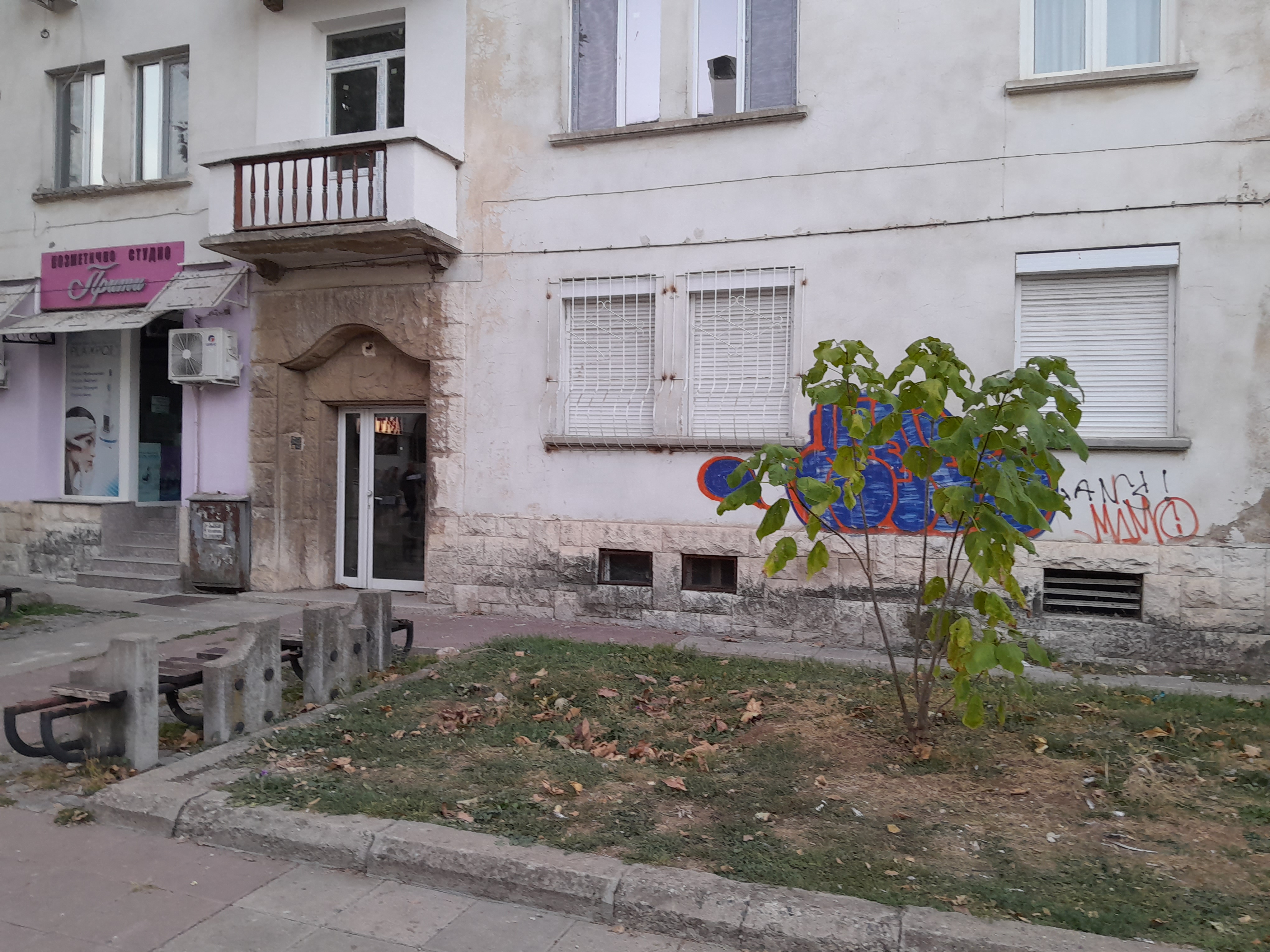
It is always better to talk about solutions, however, the concept of nature-based solutions (NbS) is not new at all. The issue is that according to the International Union for Conservation of Nature (IUCN) one third of climate mitigation needed to meet the goals of the Paris Agreement can be provided by NbS. At the same time the World Economic Forum states (BiodiverCities by 2030) that NbS are 50% cheaper in urban infrastructure than grey infrastructure, yet they received just 0.3% of overall spending on urban infrastructure in 2021.
So, we need to raise awareness of all actors to the effectiveness of NbS and lead by example.
There are several definitions with regard to NbS. The most useful one comes from the initiator organisation (IUCN): nature-based solutions “are actions to protect, sustainably manage, and restore natural and modified ecosystems that address societal challenges effectively and adaptively, simultaneously benefiting people and nature”. Conservationists have been restoring habitats for decades, but now, in the shadow of the ecological crisis, there is a massive emphasis on the other side of the coin: the unbelievable ecosystem-services natural and modified ecosystems can provide (besides providing habitats for species) and what we have forgotten. What is good for nature, is good for society and the economy.
Since most parts of Europe face increased frequency of meteorological drought, heavy winter (and partly summer) precipitation, and extreme heatwaves in the near future, we need to restore our forests, grasslands, wetlands and other habitats. We need a massive spread and use of NbS in cities and landscapes. We need to install water retention measures (blue infrastructure) at all territorial levels, improve the quality of our urban green infrastructure – and thus halt biodiversity loss.
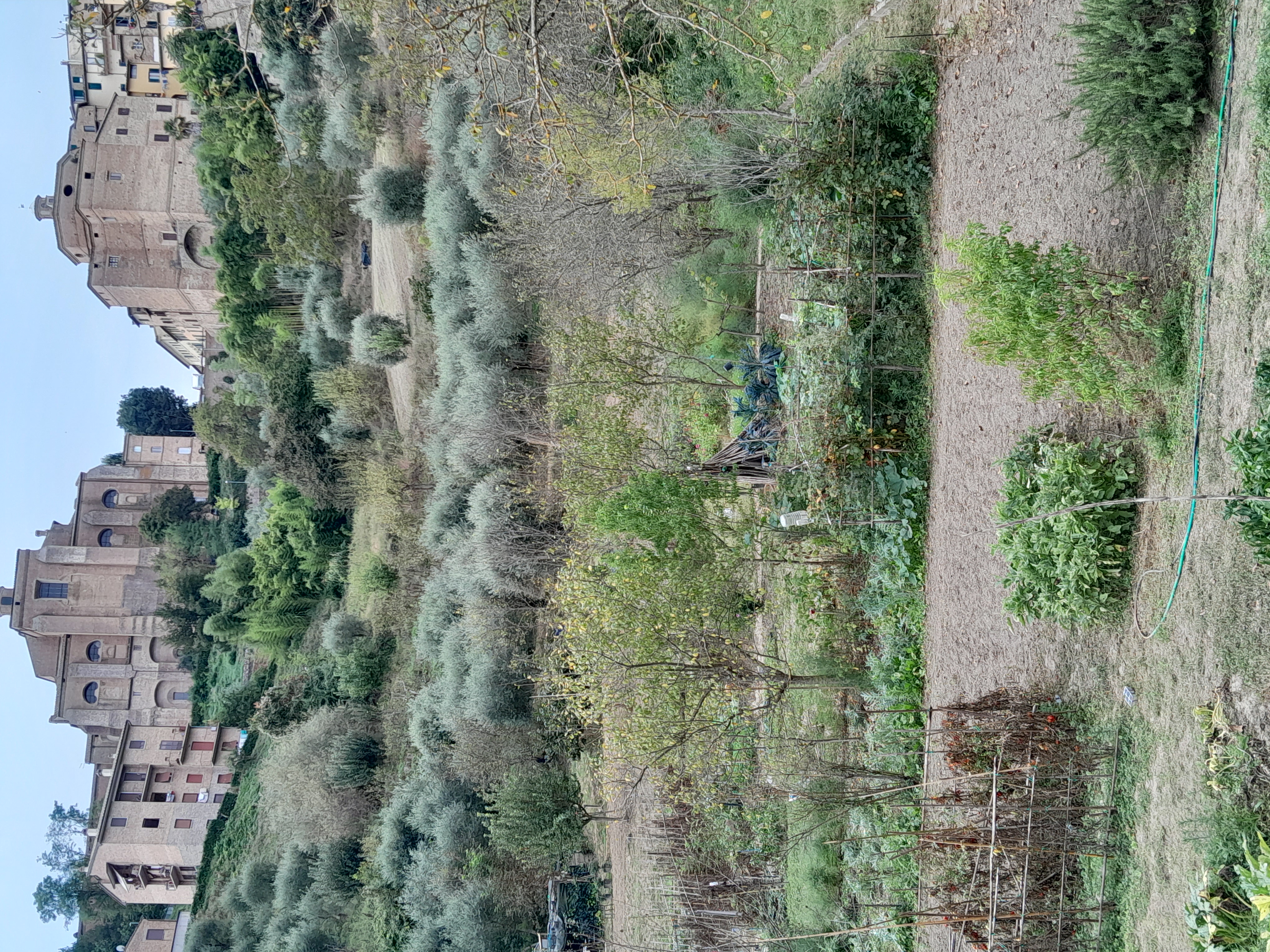
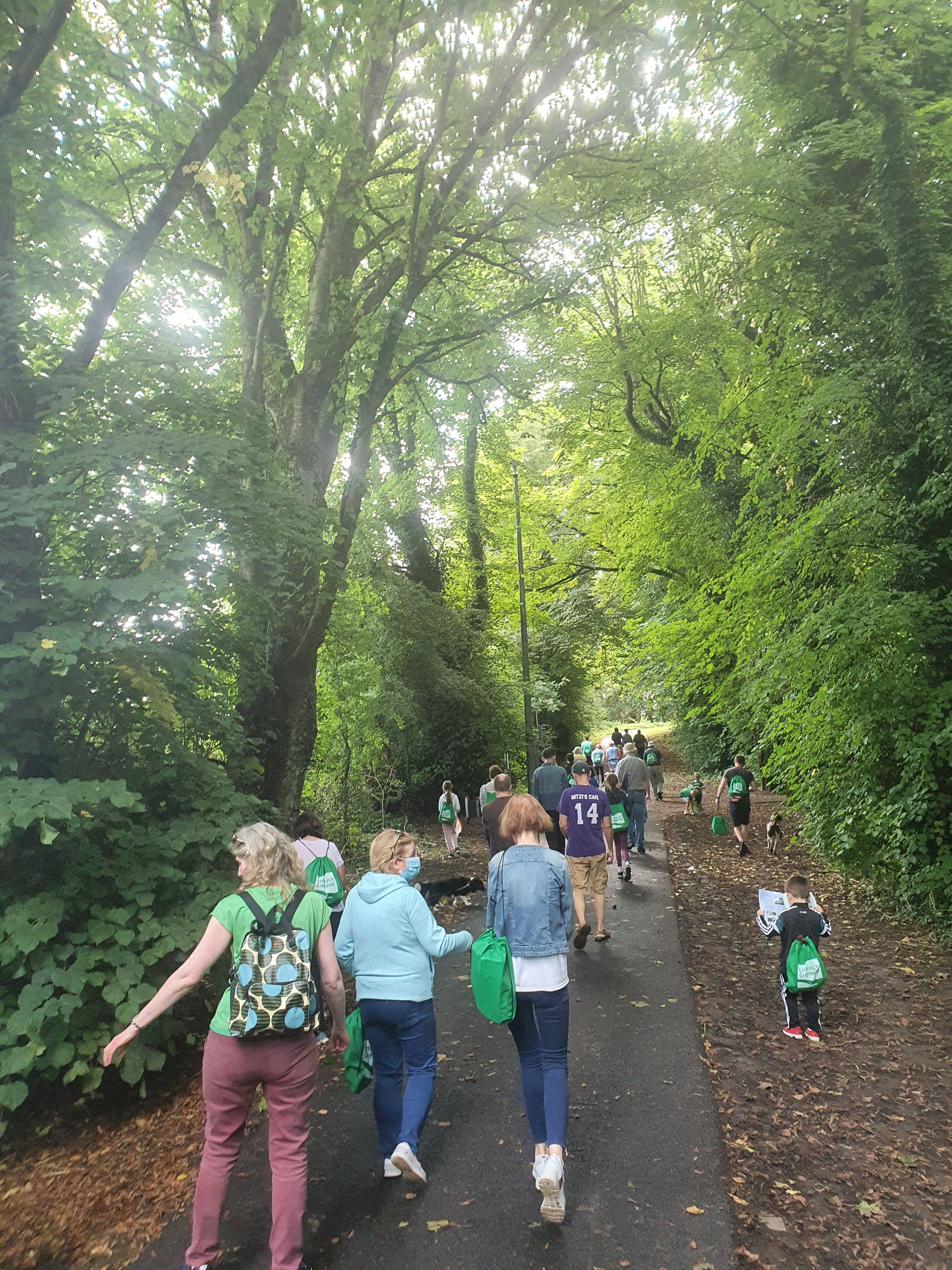
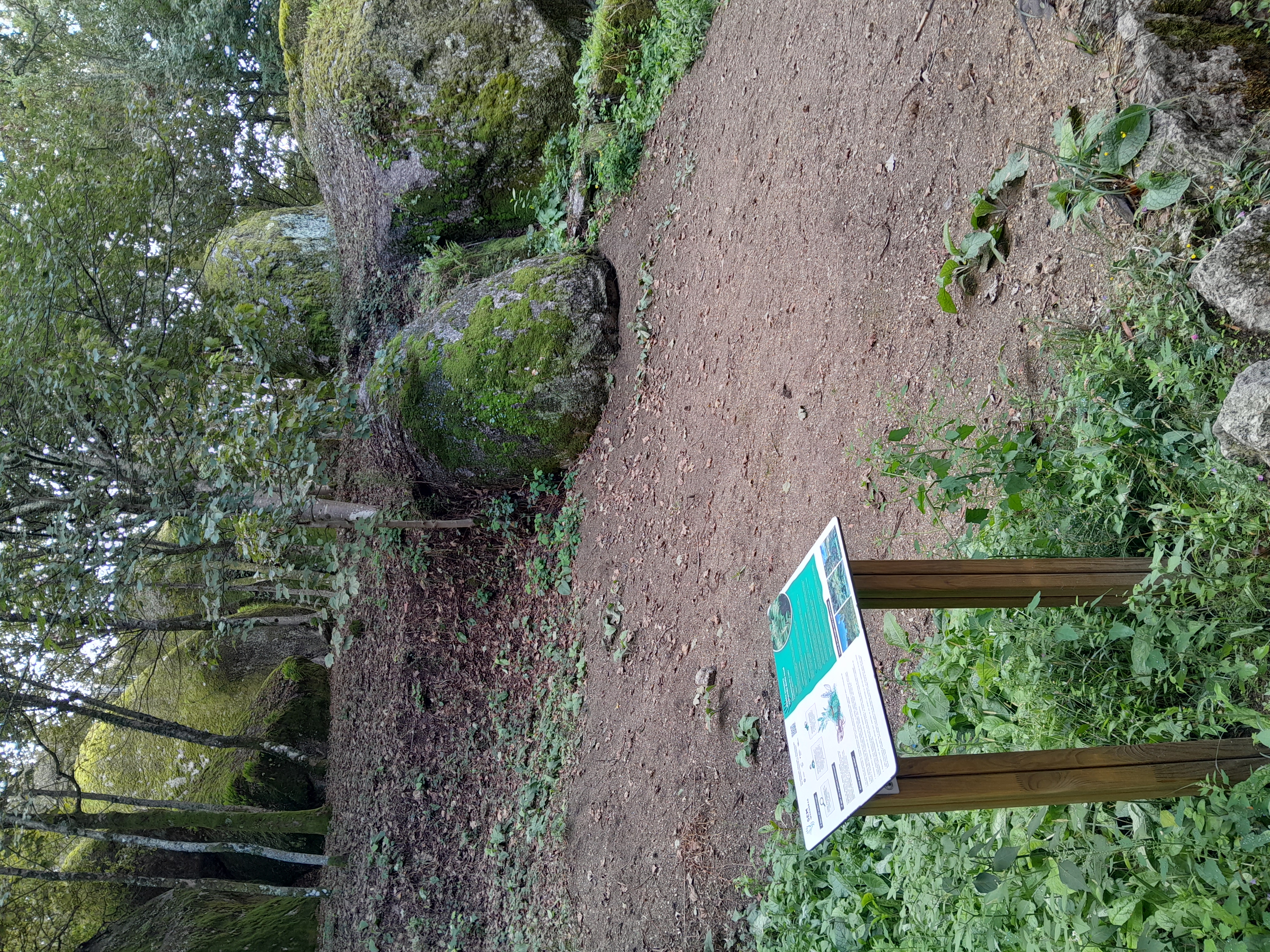
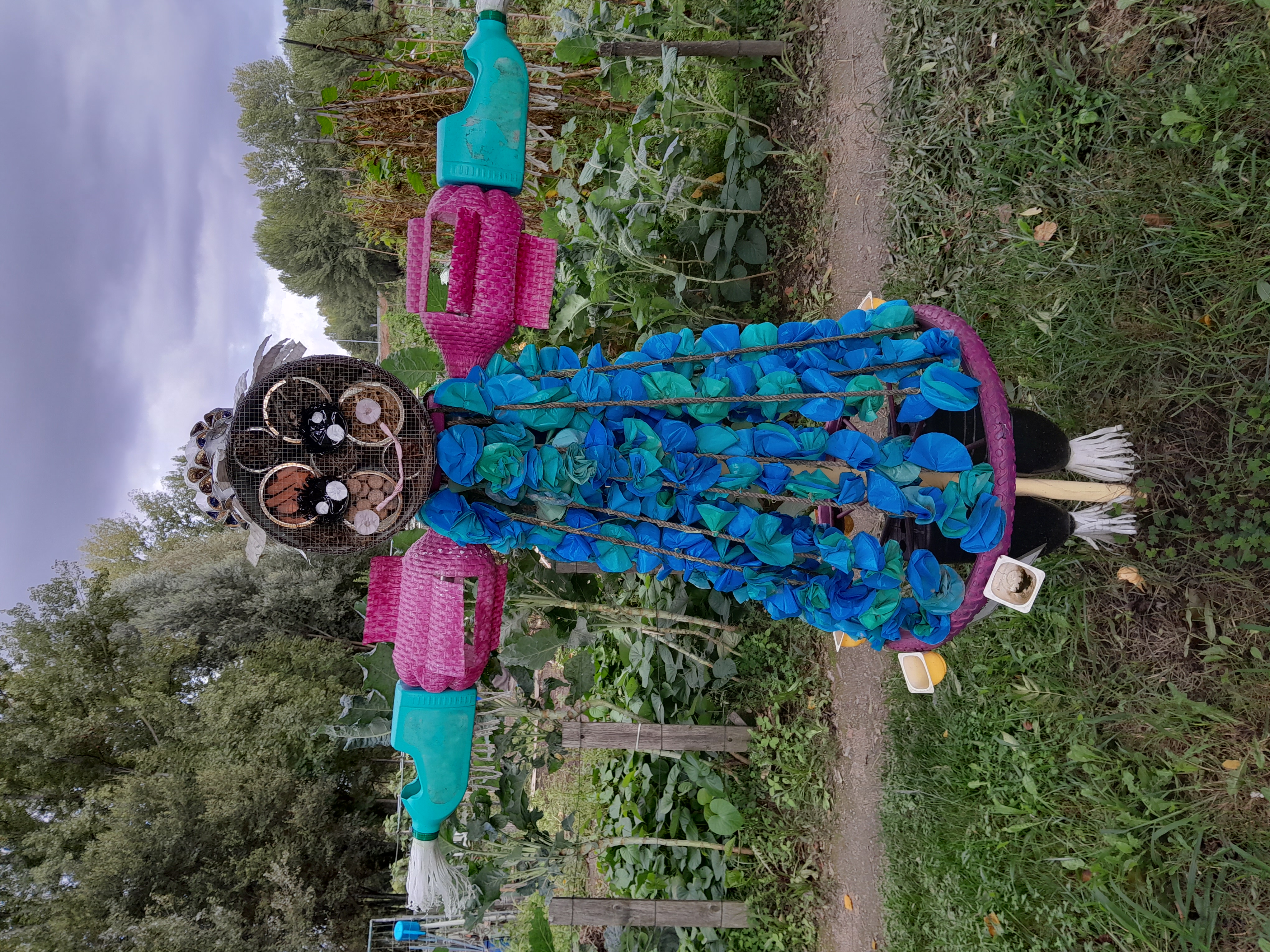
The problem is that because we have dramatically lost our connection with nature, we still prefer unsustainable and biologically poor English mown (almost) everywhere in Europe. We do not know the difference between a primeval forest and a tree plantation, we do not understand the importance of wetlands and peatlands in carbon sequestration, and we do not realise how forests create rain. Therefore we need to reestablish our connection with nature, especially in Europe, since 81% of EU protected habitats and 63% of EU protected species are in “poor” or “bad” conservation status (2020 ‘State of Nature in the EU’ report). As the EU Biodiversity Strategy 2030 says: Europe’s protected habitats and species continue to decline at an alarming rate because the multiple pressures they face are simply too tremendous to enable their recovery. In line with the global goals, the strategy aims to stop and reverse this trend by promoting the systematic integration of healthy ecosystems, green infrastructure and NbS into all forms of urban planning. The strategy also emphasises that 1€ invested into habitat restoration, generates 8–38 € profit in Europe.
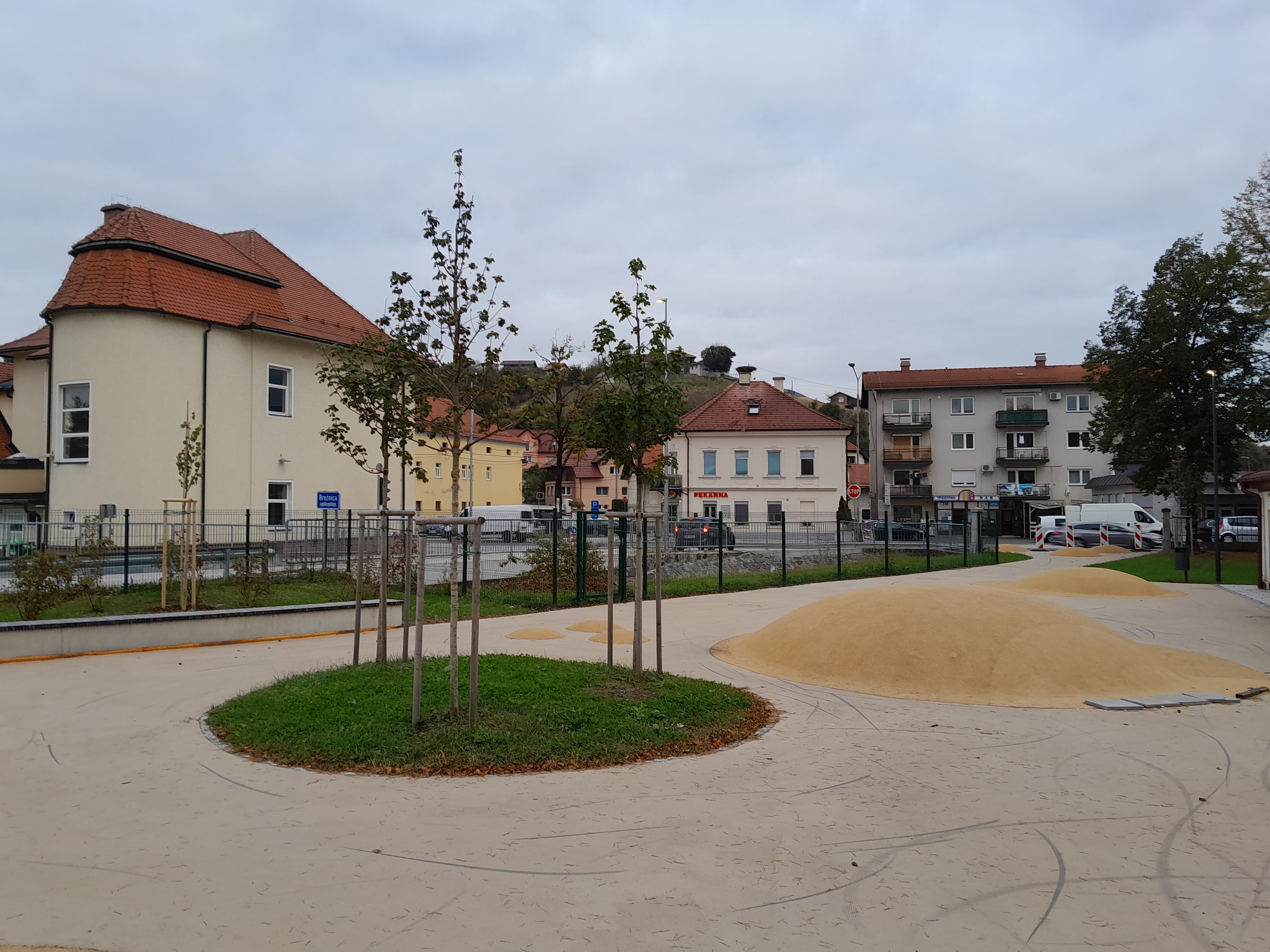
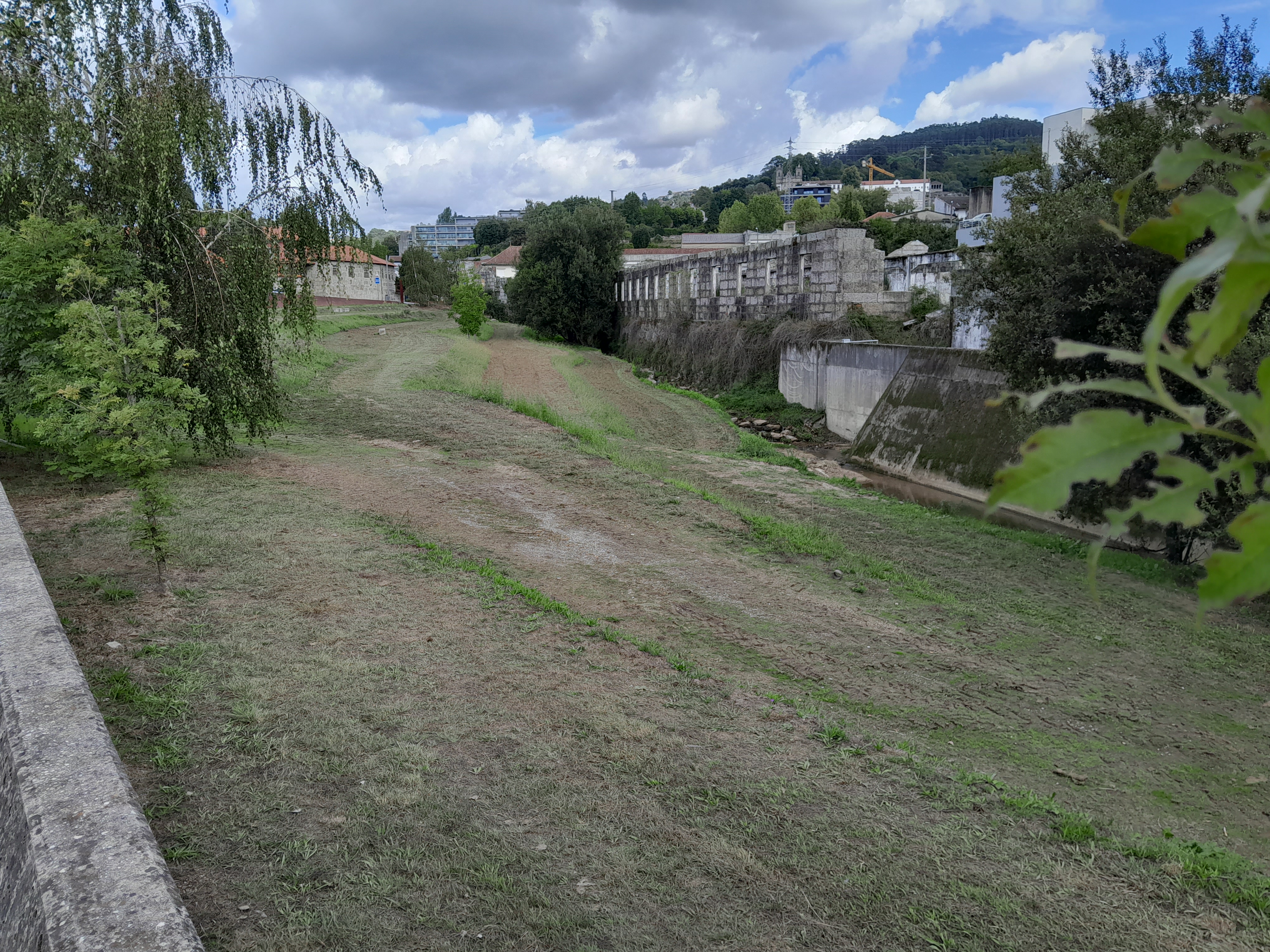
Cities have a unique role in this story. On the one hand, they offer unique opportunities for learning and education about a resilient and sustainable future and have a significant potential to boost innovations and governance tools. Still, on the other hand, billions of urban dwellers are also at high or extreme risk of environmental disaster.
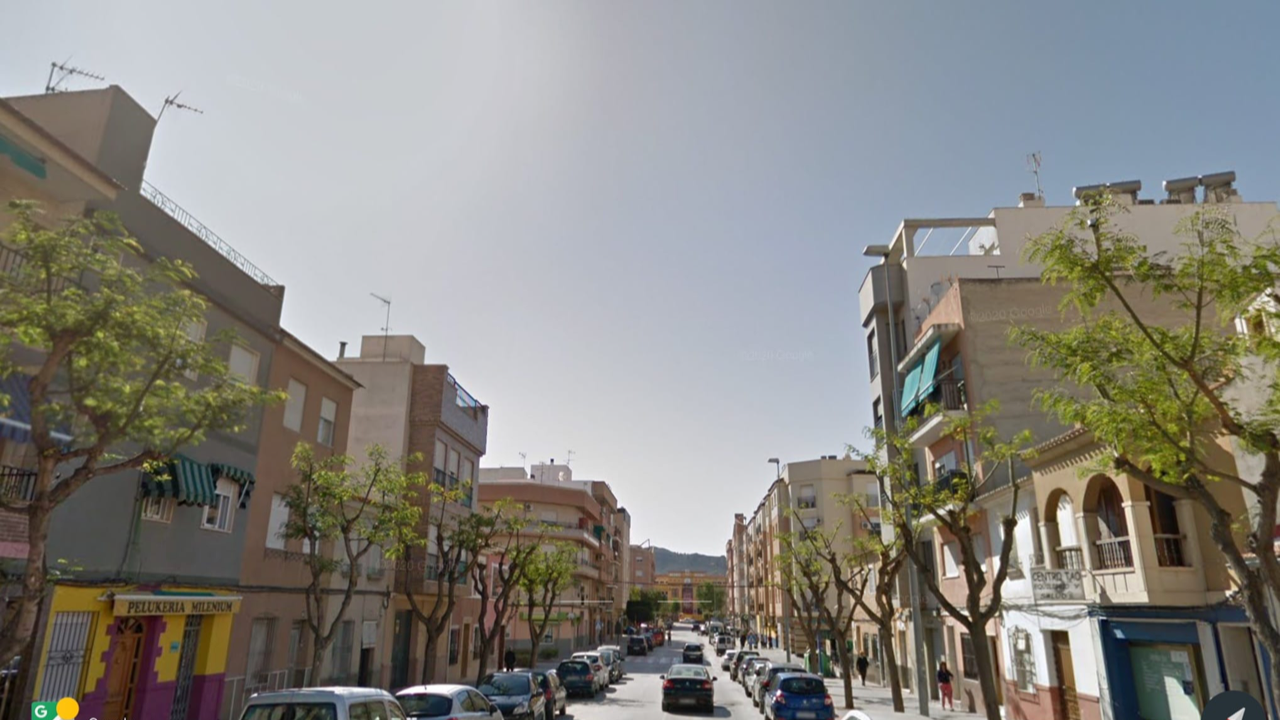
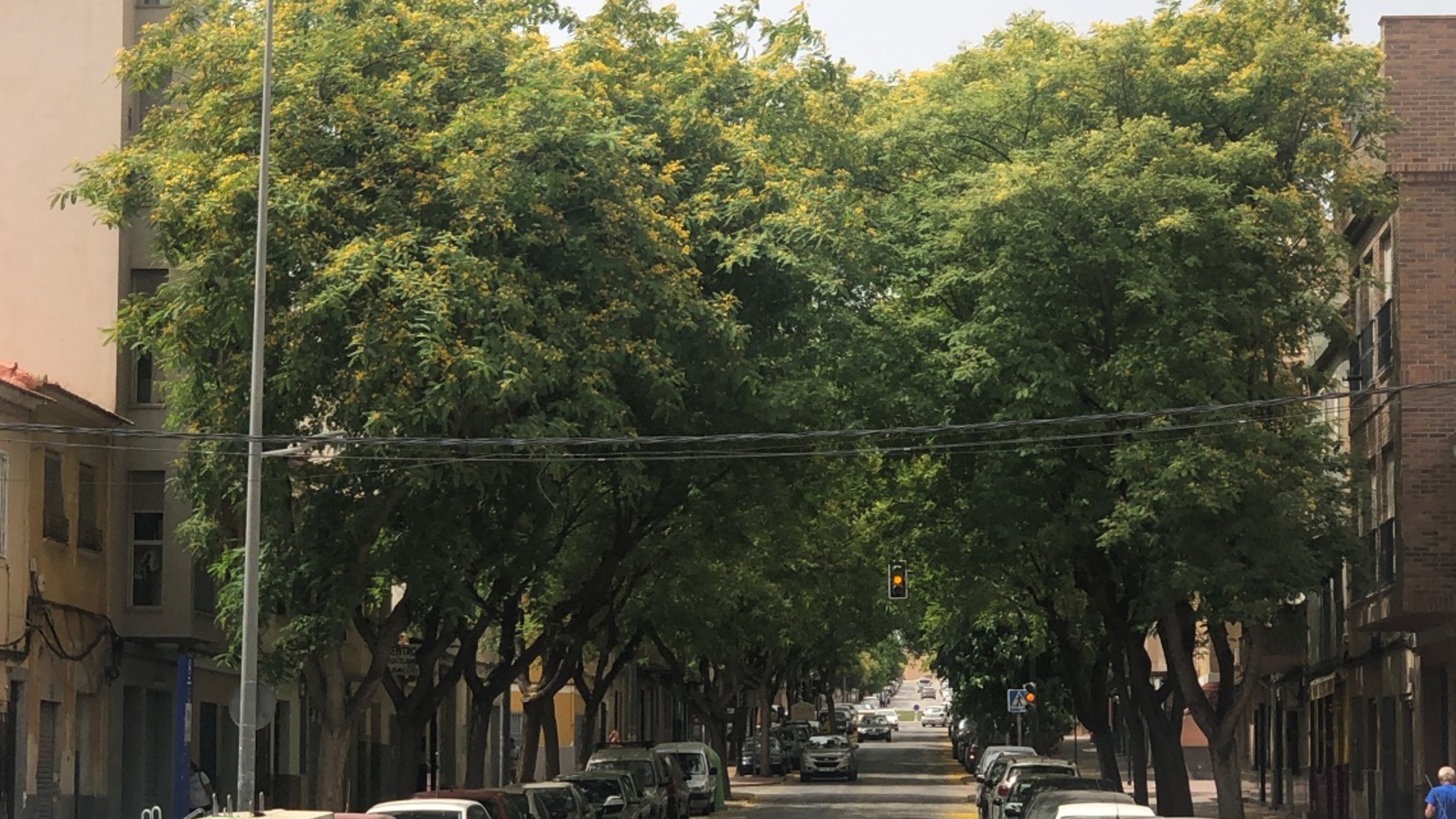
Nature-based solutions are efficient, cheap, aesthetic, and good for nature - so, what are we waiting for?
Building on the significant awareness-raising and innovation potential of cities, the BiodiverCity network will work out community-based approaches to valorise and measure biodiversity and related ecosystem services, enabling communities to plan robust nature-based solutions, foster pro-environmental behaviours and draft Greening Plans, also contributing to the achievement of the EU Biodiversity Strategy.
The 10 BiodiverCity partner cities will study and work on – among others - new and climate adaptive ways of planting and managing urban trees, organisation of bioblitz events, job description of a biodiversity officer, establishment of nature playgrounds, elaboration of the sponge city concept, installation of green roofs and walls, transformation of school yards to green oasis, biodiversity-driven park management and elaboration of forest bathing walks. Together with local stakeholders they will analyse the possibility of implementing the City Biodiversity Index initiated by the Secretariat of the Convention on Biological Diversity and launching biodiversity credits locally.
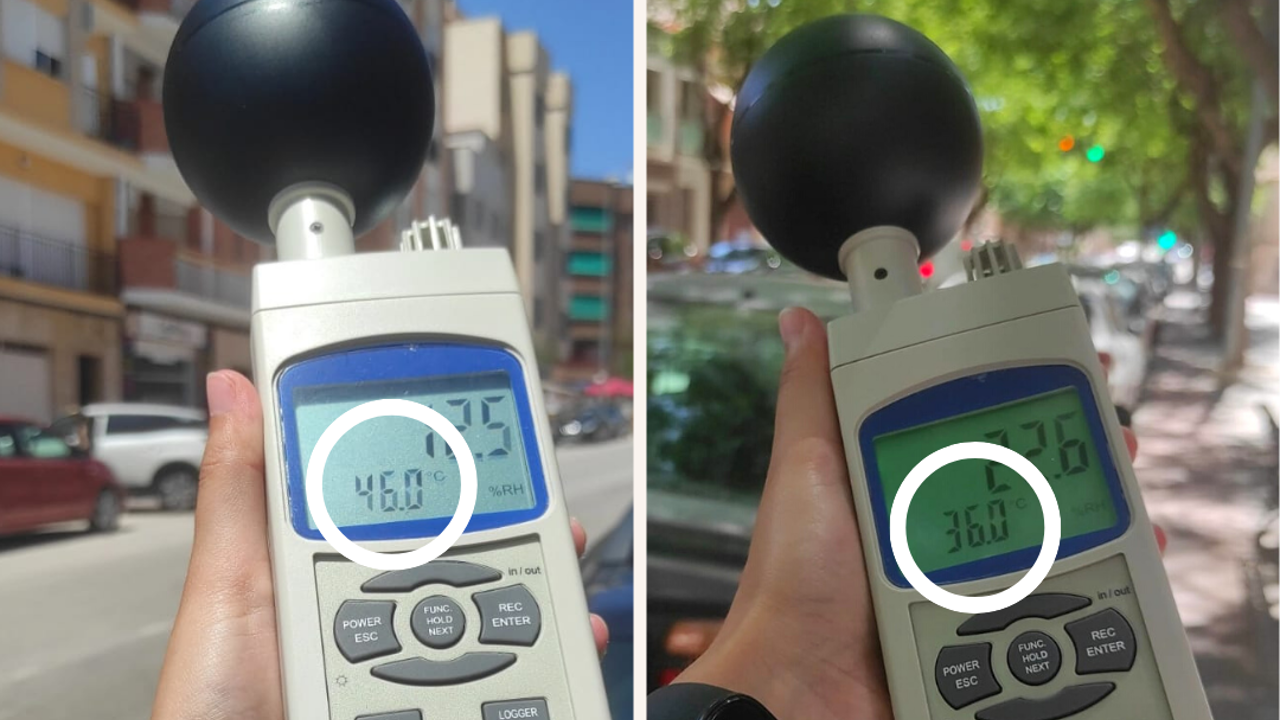
As partner cities of an URBACT Action Planning Network, they will co-produce action plans locally, and integrated thinking on green and blue infrastructure and community-based approaches to valorise ecosystem services are strong common elements of those action plans.


